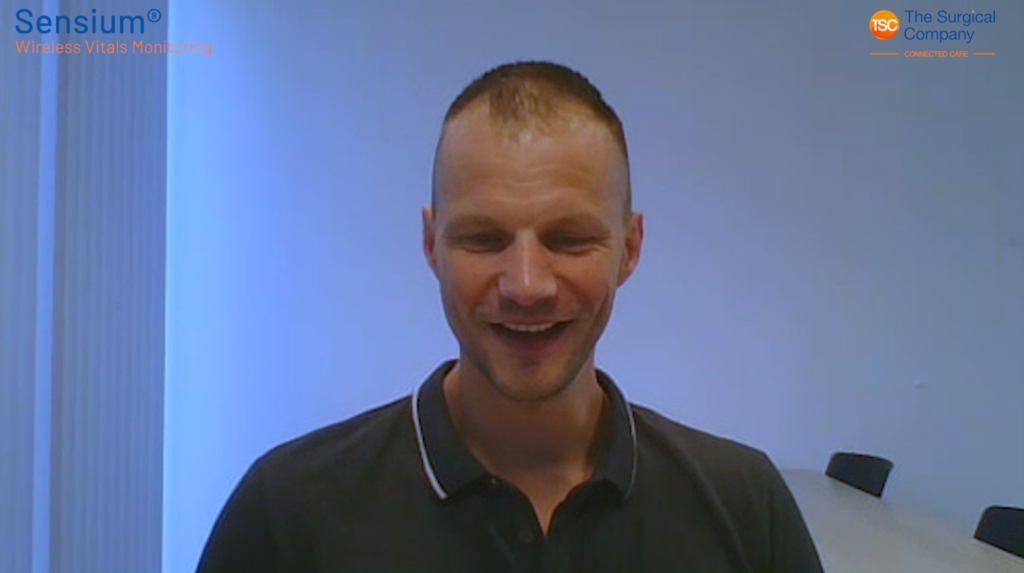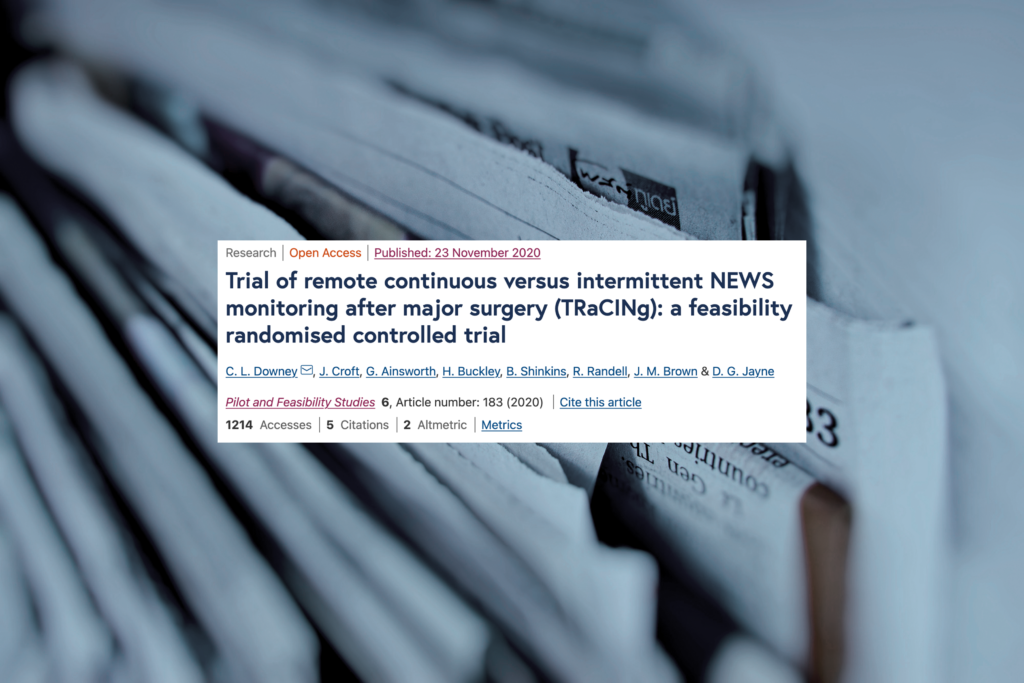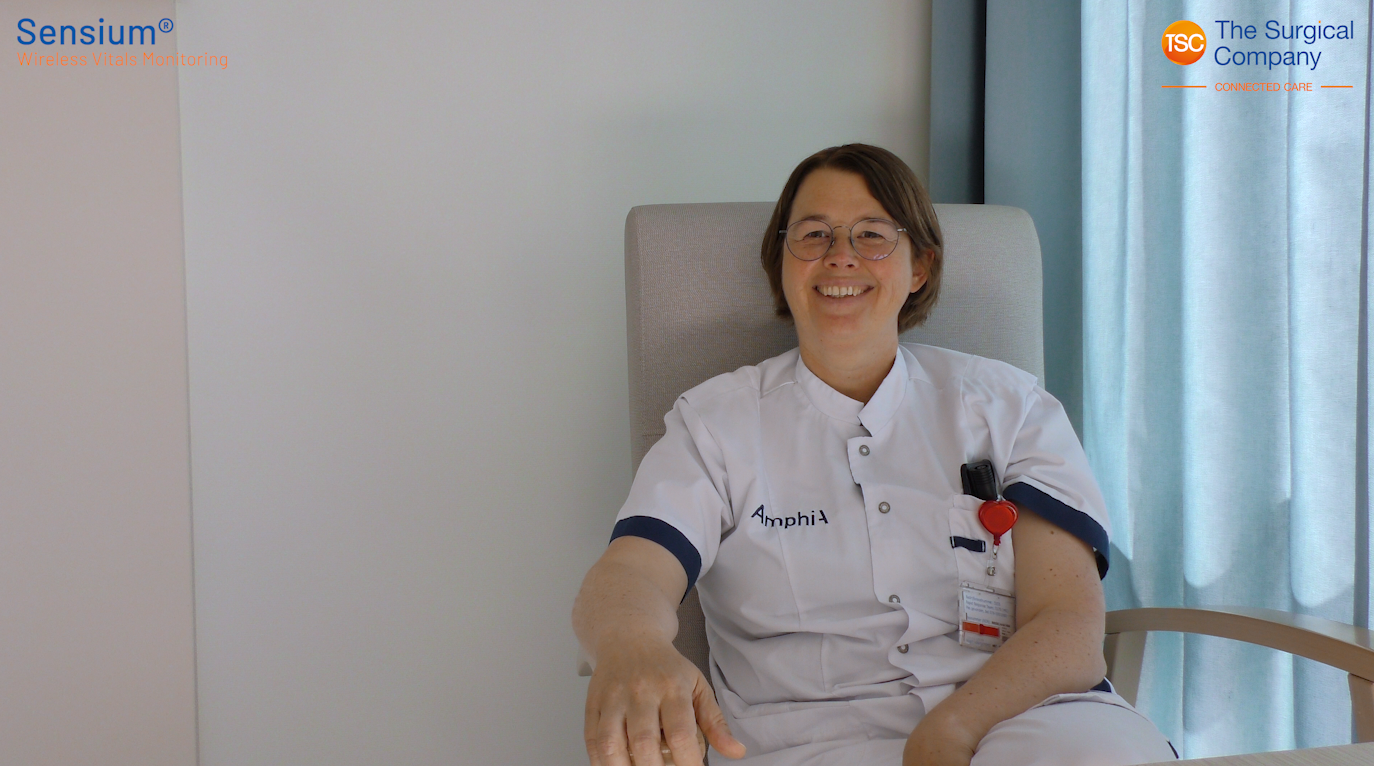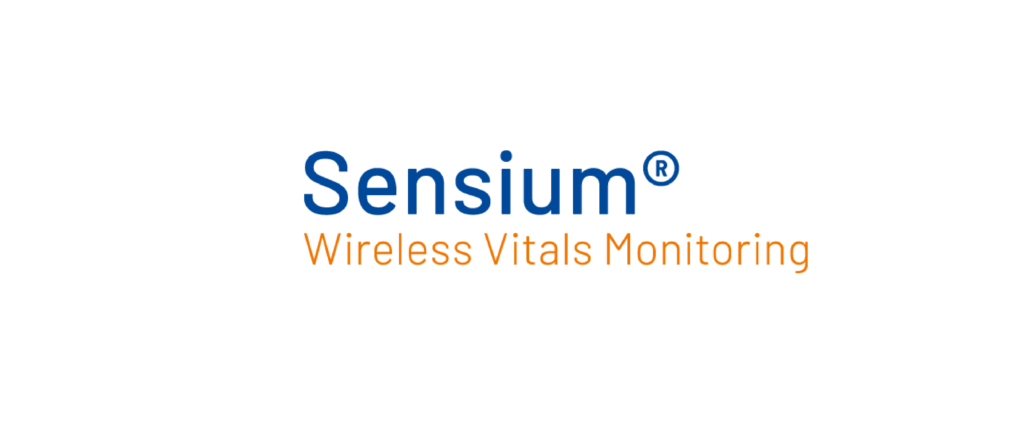Summary
Background and objective
Despite medical advances, major surgery remains high risk with up to 44% of patients experiencing
postoperative complications. Early recognition of postoperative complications is crucial in reducing morbidity and preventing long-term disability. The current standard of care is intermittent manual vital signs monitoring, but new wearable remote monitors offer the benefits of continuous vital signs monitoring without limiting the patient’s mobility.
The main aim of the study was to determine the feasibility of performing a large-scale individually randomised controlled trial of continuous remote monitoring after major surgery. Secondary aims were to informally assess the potential safety, potential efficacy, acceptability and potential cost-utility of a wearable, remote monitoring system for patients after major surgery, as compared to standard monitoring with the NEWS system alone.
Methods
The study was a randomised, controlled, unblinded, parallel group, feasibility trial. Adult patients undergoing elective major surgery were randomly assigned to receive continuous remote monitoring and normal National Early Warning Score (NEWS) monitoring (intervention group) or normal NEWS monitoring alone (control group). The study was conducted with 136 Patients, which were selected on the basis that they were under-going elective major abdominal surgery.
Results
Most participants found the patch comfortable and felt safer wearing it. No formal comparisons between arms was undertaken; however, participants had fewer unplanned critical care admissions (1 versus 5) and had a shorter average length of hospital stay (11.6 days (95% confidence interval 9.5–13.7 days) versus 16.2 days (95% confidence interval 11.3–21.2 days)) in the continuous vital signs monitoring group. The time taken to receive antibiotics in cases of sepsis was similar in both arms. In the intervention arm, 5 out of 19 events were first identified by the SensiumVitals® remote monitoring system (26.3%).
A costutility analysis indicated that the remote monitoring system was cost-saving when compared to standard NEWS monitoring alone. At the 6-week time horizon, the SensiumVitals® remote monitoring system was cost-saving when compared to standard NEWS monitoring from an NHS payer perspective. The ICER was £1,460 (95% CI − £6,780, £9,701) per every one-point increase in overall quality of life on the abbreviated World Health Organization Quality of Life (WHOQOL-BREF) score. For the probabilistic sensitivity analysis, the results of the Monte-Carlo simulations are shown in the reference. This analysis indicates that the probability of cost-saving is 69.9% and the probability of benefit to quality of life is 58%.
Conclusion
It is feasible to perform a large-scale randomised controlled trial of continuous remote monitoring after major surgery. Progression to a definitive multicentre randomised controlled trial would be appropriate, taking into consideration of factors, such as patient adherence, that might mask the potential benefit of additional monitoring.





